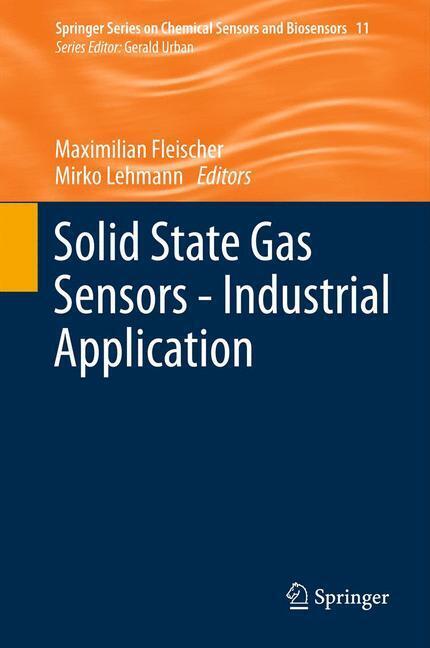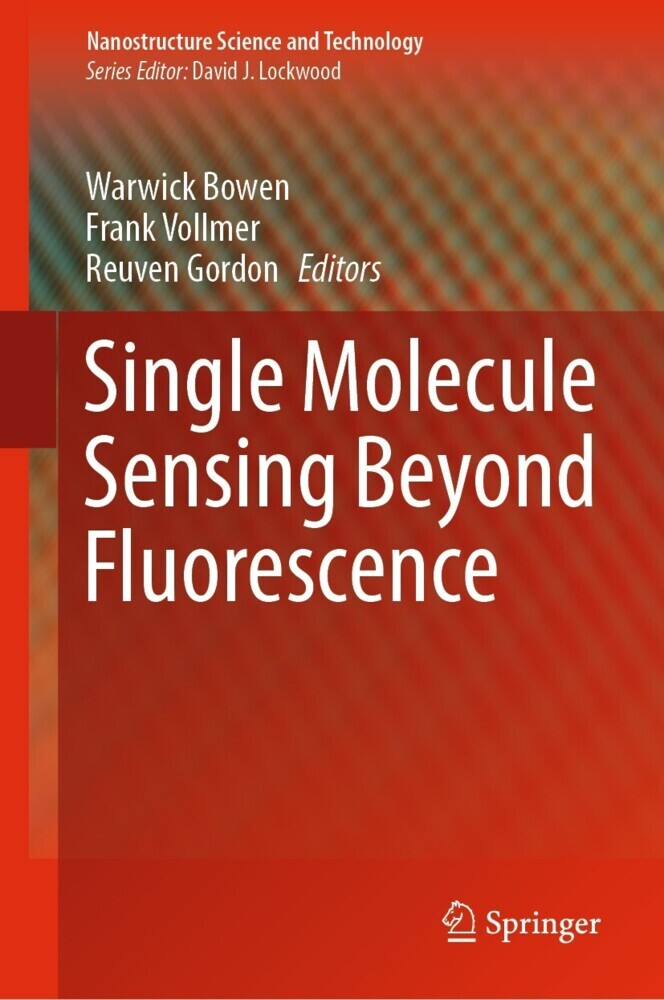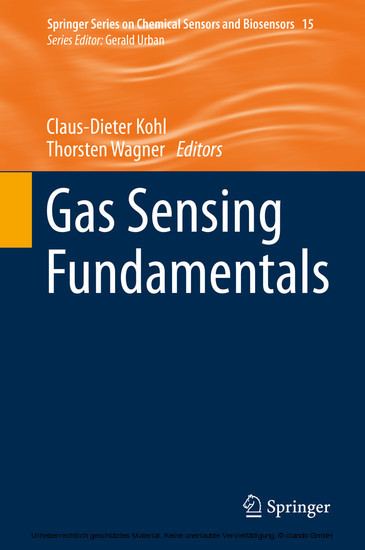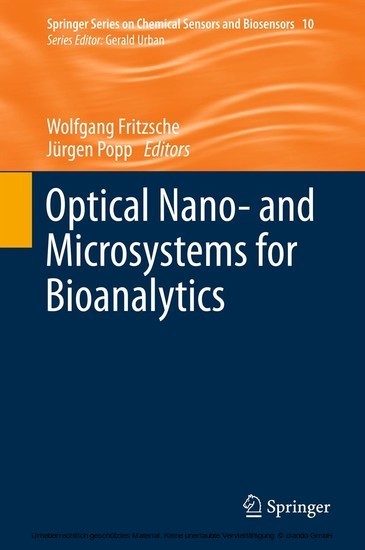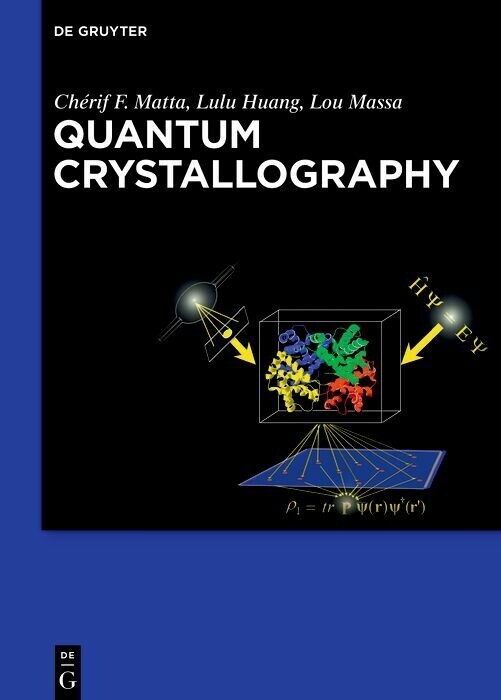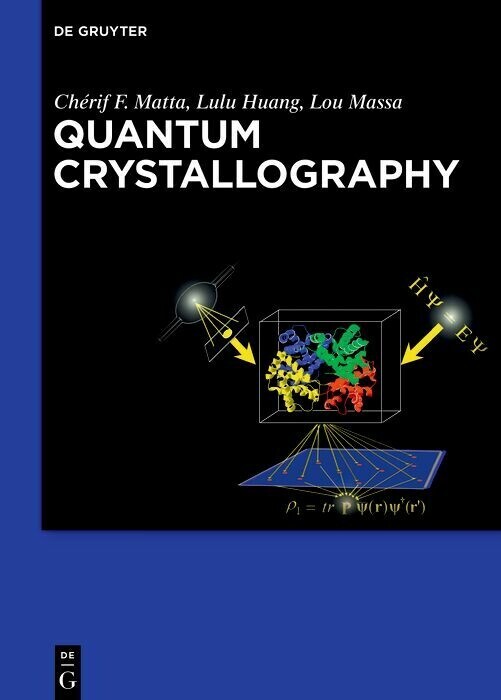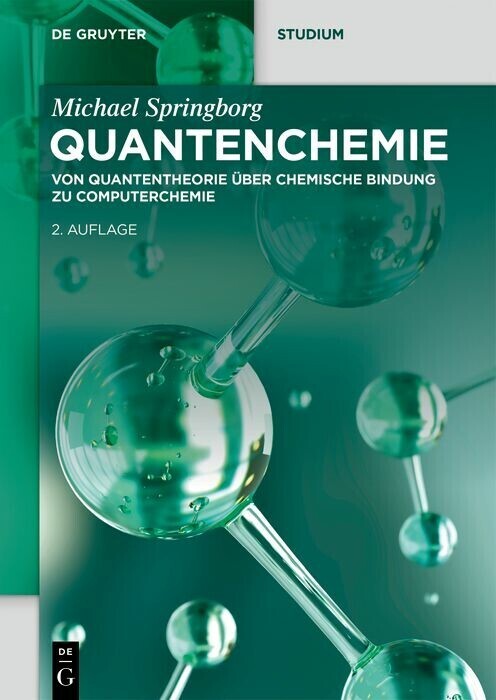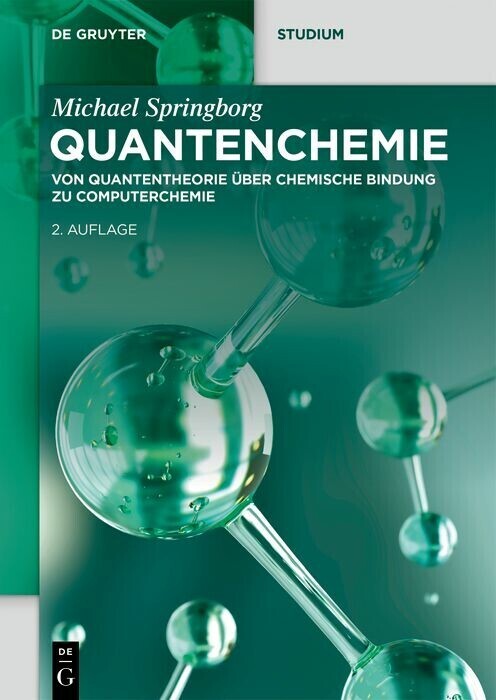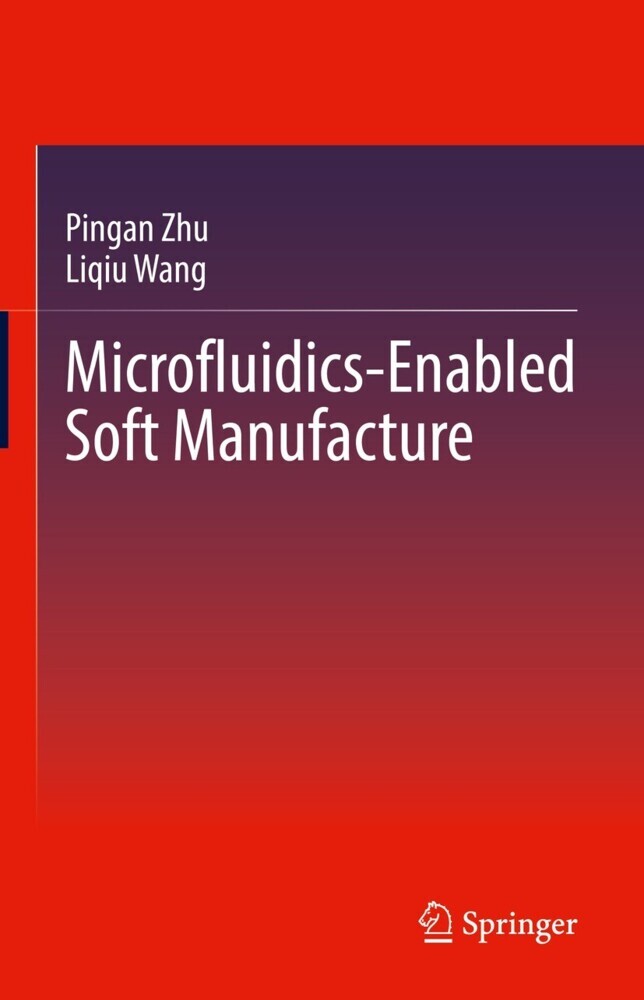Solid State Gas Sensors - Industrial Application
Solid State Gas Sensors - Industrial Application
Gas sensor products are very often the key to innovations in the fields of comfort, security, health, environment, and energy savings. This compendium focuses on what the research community labels as solid state gas sensors, where a gas directly changes the electrical properties of a solid, serving as the primary signal for the transducer. It starts with a visionary approach to how life in future buildings can benefit from the power of gas sensors. The requirements for various applications, such as for example the automotive industry, are then discussed in several chapters. Further contributions highlight current trends in new sensing principles, such as the use of nanomaterials and how to use new sensing principles for innovative applications in e.g. meteorology. So as to bring together the views of all the different groups needed to produce new gas sensing applications, renowned industrial and academic representatives report on their experiences and expectations in research, applications and industrialisation.
1;Solid State Gas Sensors - Industrial Application;3 1.1;Aims and Scope;5 1.2;Preface;7 1.2.1;Stakeholders in Gas Sensing;7 1.2.2;Development of a New Gas Sensing Technology;7 1.2.3;Implementation of a New Gas Sensing Application;8 1.2.4;Better Communication Amongst the Stakeholders Is Needed;9 1.3;Contents;11 1.4;Part I: Requirements on Sensing ;13 1.4.1;Future Building Gas Sensing Applications;14 1.4.1.1;1 Vision of Sustainable Built Environment;15 1.4.1.2;2 The Role of Sensing Applications in Next Generation Building;16 1.4.1.3;3 Sensing Need for Specific Applications;20 1.4.1.3.1;3.1 Comfort;20 1.4.1.3.2;3.2 Health;20 1.4.1.3.3;3.3 Energy Management Applications;20 1.4.1.3.4;3.4 Security;21 1.4.1.3.5;3.5 Life Safety;21 1.4.1.4;4 Building That Knows You and Your Physical Environment;22 1.4.1.5;5 Carbon and Sustainability Footprint;22 1.4.1.6;6 Conclusion;23 1.4.1.7;References;23 1.4.2;Requirements for Gas Sensors in Automotive Air Quality Applications;24 1.4.2.1;1 Introduction;25 1.4.2.2;2 Technical Specification;26 1.4.2.2.1;2.1 Functional Requirements;26 1.4.2.2.2;2.2 Sensor Signal Conditioning;28 1.4.2.2.2.1;2.2.1 Conditioning of an Analog Output Signal;28 1.4.2.2.2.2;2.2.2 Conditioning of a Pulse-Width Modulated Output Signal;30 1.4.2.2.2.3;2.2.3 Conditioning of an LIN Output Signal;31 1.4.2.3;3 Automotive Suitability;33 1.4.2.3.1;3.1 Electrical Requirements;33 1.4.2.3.2;3.2 EMC Qualification;35 1.4.2.3.3;3.3 Mechanical, Climatic, and Lifetime Qualification;36 1.4.2.3.4;3.4 Chemical Qualification;40 1.4.2.4;4 Implementation in the Automotive Air Conditioning System;40 1.4.2.4.1;4.1 Detection of the Air Quality in the Vehicle Exterior;40 1.4.2.4.2;4.2 Detection of the Air Quality Inside the Vehicle;42 1.4.2.5;5 Conclusion;44 1.4.2.6;References;44 1.4.3;Automotive Hydrogen Sensors: Current and Future Requirements;45 1.4.3.1;1 Introduction;45 1.4.3.2;2 Hydrogen Sensor Modules in Chevrolet Equinox Fuel Cell;46 1.4.3.2.1;2.1 Ambient Hydrogen Concentration Sensor Module (AHS);46 1.4.3.2.2;2.2 Exhaust Hydrogen Concentration Sensor Module (EHS);46 1.4.3.3;3 Future Requirements;47 1.4.4;Requirements for Fire Detectors;49 1.4.4.1;1 Theory;50 1.4.4.2;2 Applications;51 1.4.4.2.1;2.1 Introduction;51 1.4.4.2.2;2.2 Proven Technologies;52 1.4.4.2.2.1;2.2.1 Ionization Sensors;52 1.4.4.2.2.2;2.2.2 Optical Smoke Sensors;52 1.4.4.2.2.3;2.2.3 Heat Sensors;54 1.4.4.2.2.4;2.2.4 Interim Results;54 1.4.4.2.2.5;2.2.5 Gas Detection;54 1.4.4.2.2.6;2.2.6 Electrochemical Cell Based;55 1.4.4.2.2.7;2.2.7 Semiconductor Based;55 1.4.4.2.3;2.3 Perspective to the Future;56 1.4.4.3;3 Standardization;56 1.4.4.3.1;3.1 Introduction;56 1.4.4.3.2;3.2 Standardization at ISO-Level;57 1.4.4.3.3;3.3 Standardization at CEN-Level;57 1.4.4.3.4;3.4 Other Regulation Bodies;59 1.4.4.4;References;60 1.5;Part II: Sensor Principles ;61 1.5.1;The Power of Nanomaterial Approaches in Gas Sensors;62 1.5.1.1;1 Introduction;63 1.5.1.2;2 Deposition Techniques and Growth Mechanisms;64 1.5.1.2.1;2.1 Vapor Phase Growth;65 1.5.1.2.2;2.2 Solution Phase Growth;66 1.5.1.2.3;2.3 Devices Fabrication;68 1.5.1.3;3 Electrical Properties;69 1.5.1.4;4 Working Principles;71 1.5.1.5;5 DC Conductometric Gas Sensors;72 1.5.1.5.1;5.1 Single Nanowire Devices;72 1.5.1.5.2;5.2 Multiple Nanowire Devices;75 1.5.1.6;6 SNT-Based Sensors;78 1.5.1.7;7 PL-Based Sensors;80 1.5.1.7.1;7.1 SnO2;81 1.5.1.7.2;7.2 ZnO;82 1.5.1.8;8 Conclusions and Future Challenges;83 1.5.1.9;References;84 1.5.2;Theory and Application of Suspended Gate FET Gas Sensors;88 1.5.2.1;1 Introduction;91 1.5.2.2;2 Principles of Operation;93 1.5.2.2.1;2.1 Gas Adsorption on Solids;93 1.5.2.2.2;2.2 The Work Function;94 1.5.2.2.3;2.3 Work Function Change Caused by Gas Adsorption;95 1.5.2.3;3 Transducer Concepts;97 1.5.2.3.1;3.1 The Lundström FET;97 1.5.2.3.2;3.2 The Suspended Gate FET;98 1.5.2.3.3;3.3 The Hybrid Suspended Gate FET;99 1.5.2.3.4;3.4 The Floating Gate FET (FG-FET);100 1.5.2.4;4 The FET-Based Hydrogen Sensor;101 1.5.2.4.1;4.1 Requi
Fleischer, Maximilian
Lehmann, Mirko
| ISBN | 9783642280931 |
|---|---|
| Artikelnummer | 9783642280931 |
| Medientyp | E-Book - PDF |
| Auflage | 2. Aufl. |
| Copyrightjahr | 2012 |
| Verlag | Springer-Verlag |
| Umfang | 272 Seiten |
| Abbildungen | w. 143 ill., 45 col. ill. |
| Sprache | Englisch |
| Kopierschutz | Digitales Wasserzeichen |

